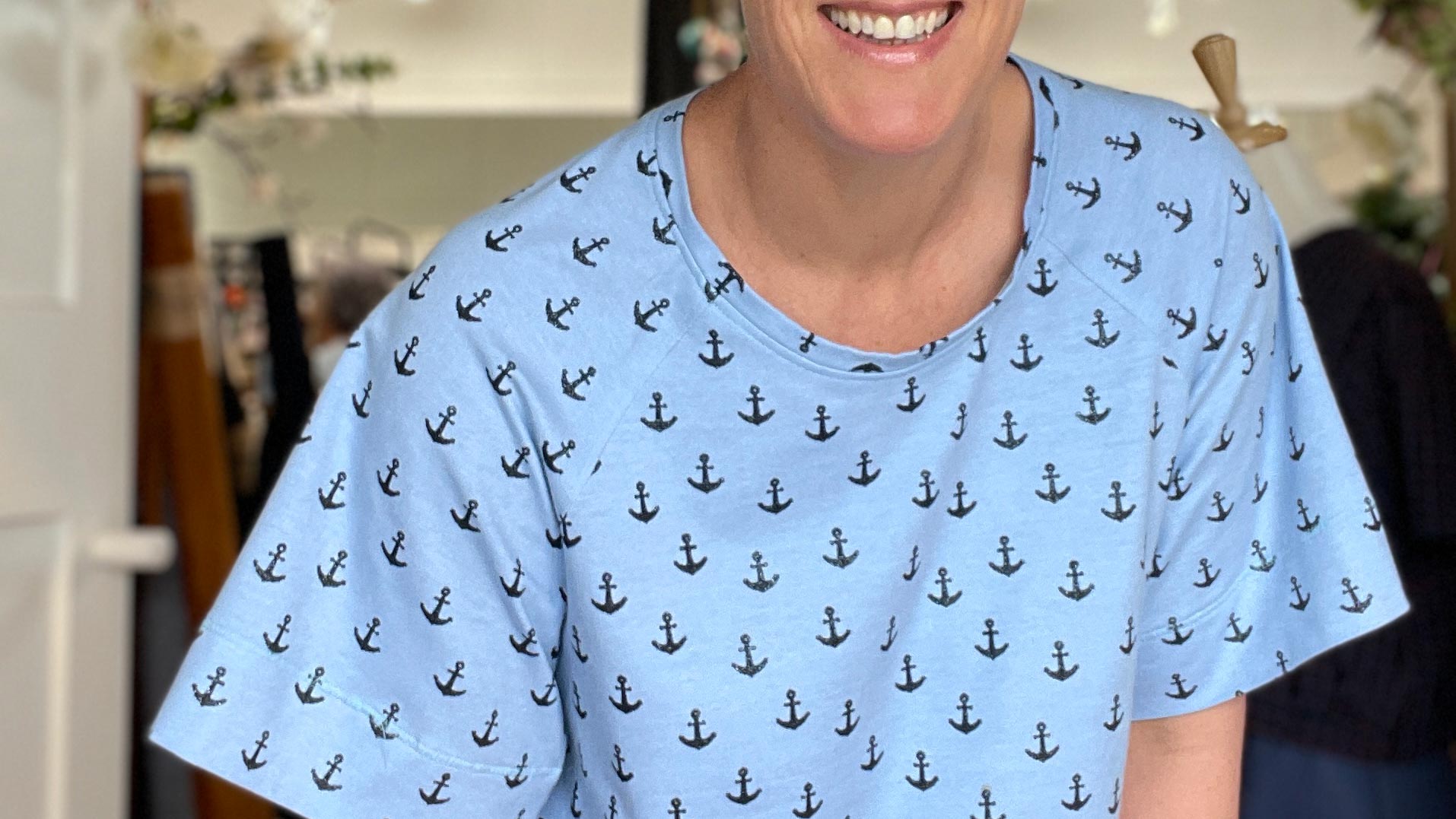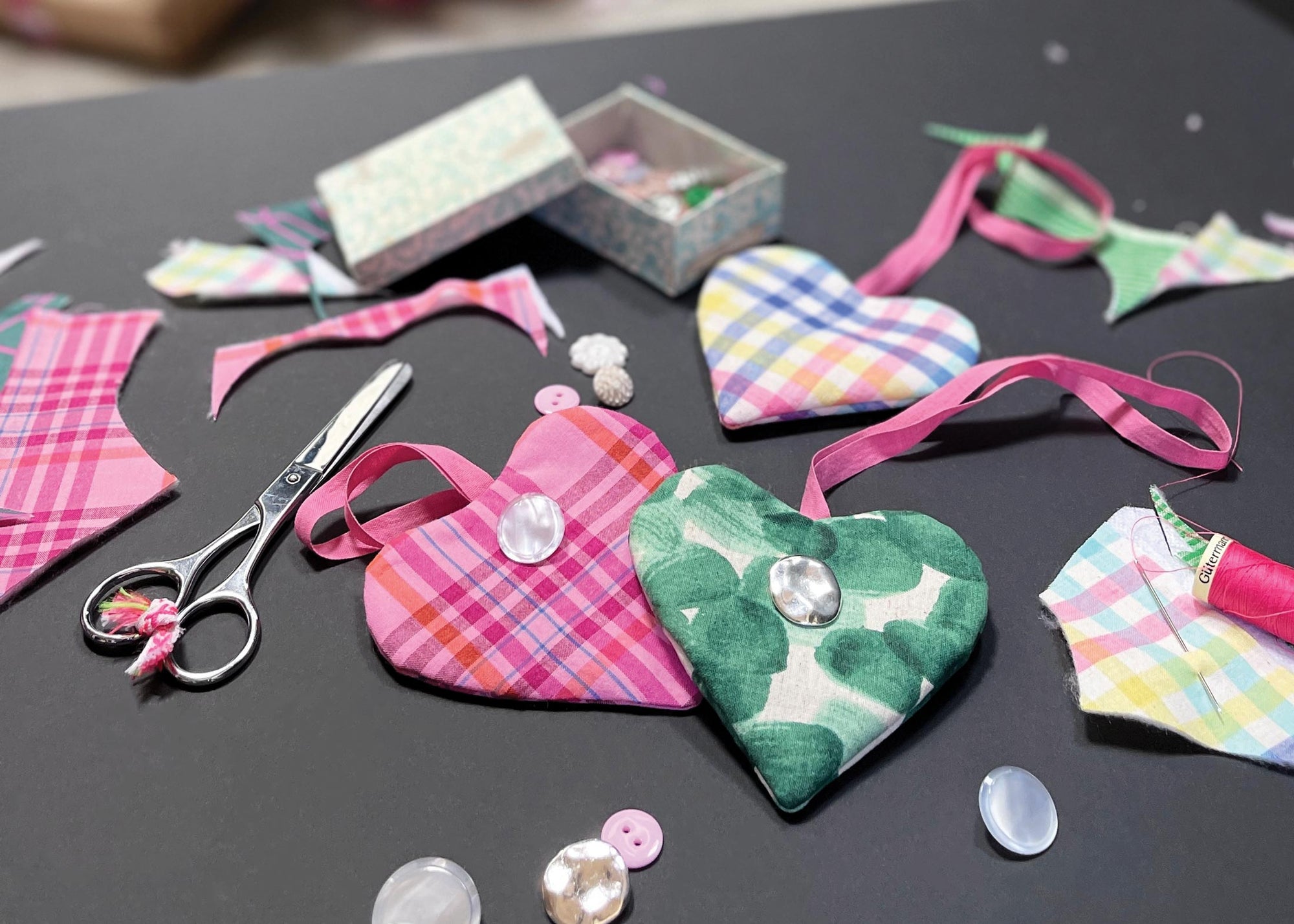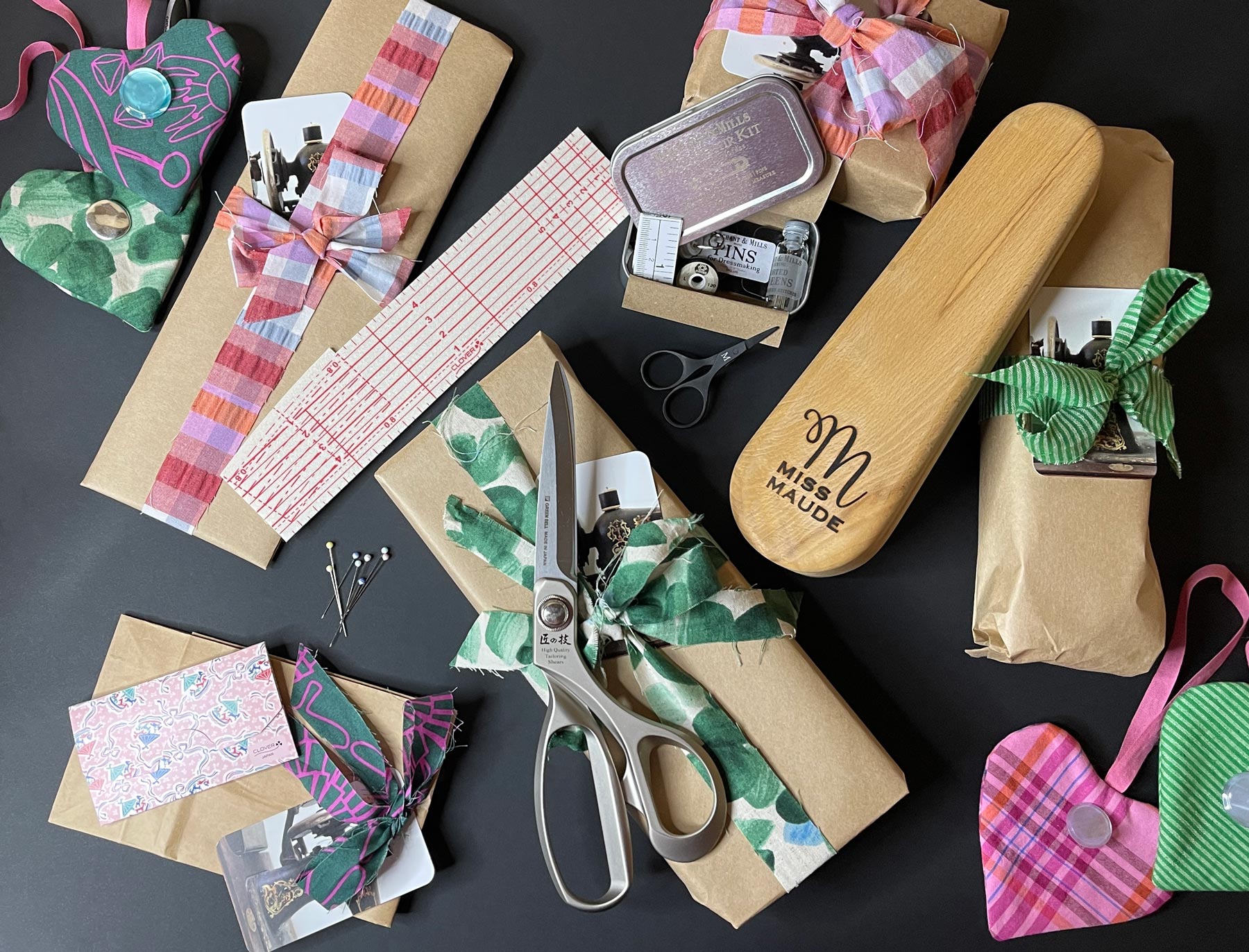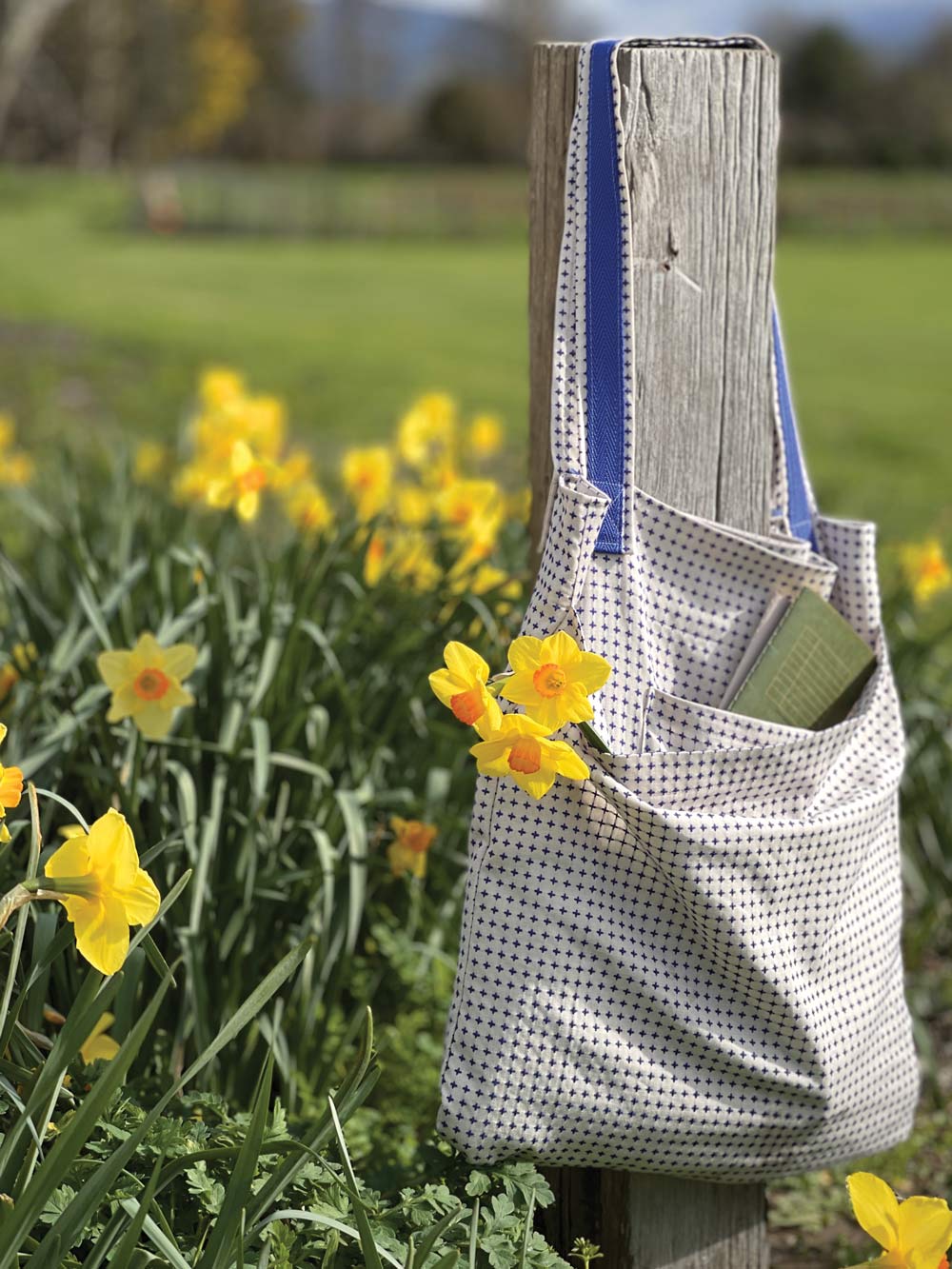Finishes on garments are often a matter of personal preference, you'll often find that sewing patterns simply suggest that you ‘finish the edges’ and thus leaving you in the control seat. Sometimes this seems a little daunting if you are new to sewing, or haven't tackled a similar project or fabric before.
We've put together this overview to show you some of the common options you have. The seam finishes you'll find here have been created as part of our Shirt Making Series, but are also suitable for most sewing projects.
If you are looking for instructions on how to achieve each one - let us know and we can work on putting together some detailed tutorials!
How to choose the best seam finish for your project?
There are some different things to think about when considering seam finishes.
Think about;
- How big is your seam allowance, e.g a french seam or flat felled seam works better with a 1.5cm seam allowance. If it is less than 1.5cm consider a different finish.
- What type of fabric are you using? Is it sturdy? delicate? Delicate fabrics work well with a french seam and bulky fabric may benefit more with an overlocker or zigzag stitch.
- The bulk of the seam, does it have lots of layers or is it just two layers? Bulky layers would be better being overlocked or using a zigzag stitch.
- Shape of the seam, is it straight or curved? Depending on your experience a simpler seam finish like a zigzag stitch or overlocked finish may work better on a curved stitch than a french seam.
Some common ways to finish a seam include:
Overlocker
- This is a good all rounder - suitable for most fabrics and thicknesses. It is suitable to finish both straight and curved seams. This is also a great option for knitted fabric as it allows the seam to stretch with the fabric - for example in sports garments.

Overlock stitch on the sewing machine
- If you don’t have access to an overlocker this is a good option. It gives a good finish and will stop the fabric from fraying.
- Depending on your machine you may need a special foot for it. We recommend checking your machine instructions to be certain.
 Zigzag stitch
Zigzag stitch
- This is another good and quick option if you don’t have access to an overlocker and have a more basic machine with no extra feet. It will stop the fabric from fraying and keep the seam neat. (We often finish our store display garments using this technique, as it shows what you can achieve with just an entry level sewing machine.)

French Seam
- This seam finish is achieved by sewing each seam twice - first with wrong sides of the fabric together, then turning the fabric inside out to sew the seam again. (with wrong sides of the fabric together).
- This gives a very neat finish that encloses the raw edges
- Best used on seam allowances that are 1.5cm.
- It is best used on light to medium fabrics.
- A great option for very shear fabrics
- Time should be taken when using it on curved seams like arm holes.
- It is not recommended with seams with gathers.

Flat Felled Stitch
- This seam has all raw edges enclosed and is very strong - so great for garments that will get a lot of wear and tear such as jeans.
- Also commonly used in traditional mens shirts
- Used with a 1.5cm seam allowance. Anything less, won't provide enough fabric to complete it neatly.
- A great option on bulkier fabrics when you want the raw edges enclosed. For example denims and canvas.
- Ensures the seam sits flat against the garment - making it more comfortable for the wearer. ie Jeans.
- Time should be taken when using on gathers and curved seams.
 Turned and stitched finish
Turned and stitched finish
- This is achieved by pressing and stitching the seam allowance under. This gives a great finish and you can't see the unfinished edge.
- This can be used on a wide variety of fabrics
- It would ideal for exposed seams like an unlined coat or jacket.

________
Below are the different stages to making a shirt, if there is a particular part of the shirt making process that you are interested in then you can go straight to it!
- Sewing your own shirt - an introduction
- Review of the Oversized shirt
- Anatomy of a shirt
- Sewing Cuffs
- Sewing Collars
- Plackets








